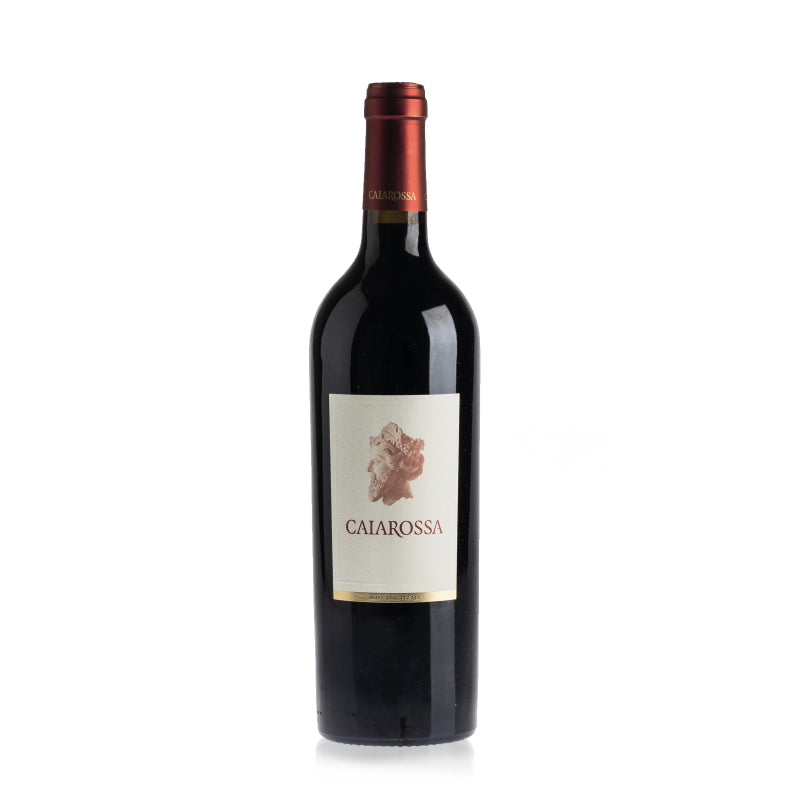Caiarossa Toscana 2017 750ml
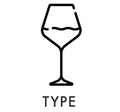



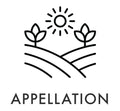

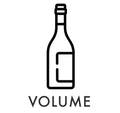

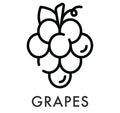

A bold yet refined expression of coastal Tuscany, the 2017 Caiarossa weaves together seven biodynamically farmed varieties into a rich, aromatic blend. Cabernet Franc leads with graphite and dried herbs, while Merlot, Syrah, and others bring layers of ripe fig, dark cherry, and spice. Despite the heat of the vintage, the wine stays vibrant with fresh acidity and chalky tannins, delivering both power and poise.
Jamessuckling.com | JS 94
Published: Jul 7, 2020
A fresh, chewy red with brightness and coolness for this ripe vintage. Medium body. Pretty fruit. Dark-berry, wet-earth and mushroom flavors. From biodynamically grown grapes. Cabernet franc, merlot, syrah, cabernet sauvignon, petit verdot and alicante. Drinkable now, but better in 2022 and onwards.
The Wine Advocate | RP 93
Published: Jan 14, 2021
Drink: 2020-2035
The organic 2017 Caiarossa (made with Cabernet Franc, Merlot, Cabernet Sauvignon, Petit Verdot, Sangiovese, Syrah and Alicante) displays bright and focused fruit, framed by an elegant mineral note of crushed limestone. The fruit is presented as dark cherry and sweet blackberry, but the wine also shows savory tones of tobacco and cured leather. However, those candied cherry and raspberry notes emerge with distinction and underline the heat of the vintage. The tannins are a bit dusty and bitter.
Caiarossa is an organic and biodynamic estate located in Riparbella, which is slightly inland on the northern part of the Tuscan Coast.
Decanter | D 93
Published: Aug 27, 2020
Drink: 2022-2040
This has sharp pepper and spice overtones with full blasts of sage, toast and cinnamon. 2017 was one of the hottest recorded vintages in Tuscany, and while the alcohol is well balanced in the overall structure, you feel the warmth of the tear through the exuberant and exotic fig and raspberry puree fruit. Rich, powerful and concentrated, some dryness to the tannins on the finish but overall this is seductive and well balanced. Tuscan estate located in the Maremma and owned by the Albada family of Château Giscours. Blend completed by 15% Cabernet Sauvignon, 3% Alicante (Mourvedre), 3% Sangiovese, 5% Petit Verdot. Farmed biodynamically.
Closure: Natural Cork
Alcohol: 13.50%
Body: Full
Oak: Oaked
Grapes: 29% Cabernet Franc 25% Merlot 20% Syrah / Shiraz
Jancisrobinson.com | JR 16.5
Published: Sep 2, 2020
Drink: 2021-2035
29% Cabernet Franc, 25% Merlot, 20% Syrah, 15% Cabernet Sauvignon, 5% Petit Verdot, 3% Alicante, 3% Sangiovese. One of the hottest and driest vintages ever, with no rain throughout July and August, mitigated somewhat by cooler evening temperatures. This marks what Caiarossa call the first step in a style evolution towards elegance. The final blend is made much earlier to homogenise the wine earlier in the maturation process. The wines are also bottled significantly sooner after harvest – 18 months as opposed to 30.
Deep ruby. Very Cabernet Franc on the nose, dried leaves and graphite, full of savour and fresh red fruits. A little darker, dried cherry in there too adding sweetness. Pithy fresh tannins, chalky and vibrant in texture, bringing lively, crunchy red and black fruits to the fore. As on the nose, there is just a hint of dried fruit at the back. Bright acidity helps with freshness. This tames what becomes quite sweet and ripe fruit through to the finish.
www.caiarossa.com
The purest expression of our vineyards, Caiarossa shows all the complexity and the nobility of our land. The seven varieties in the blend weave together a perfect tapestry of the estate's terroir. A true expression of the luxury of nature.
VARIETIES: Merlot, Cabernet Franc, Cabernet Sauvignon, Syrah, Sangiovese, Petit Verdot, Alicante.
VINEYARD: Podere Serra all'Olio.
HARVEST: By hand, for about 6 weeks from the end of August until the beginning of October.
SELECTION OF GRAPES: A first time in the vineyard and then in the cellar on the sorting table before and after destemming.
VINIFICATION: Maceration on the skins between 20 and 30 days, with first a few days of cold maceration. Alcoholic fermentation for each different varieties in concrete and wooden tanks from 10 to 80 hectoliters (only indigenous yeast).
Two pumping-over a day for about 9 to 12 days, then once a day until the end of the maceration period. Malolactic fermentation in concrete tanks and wooden casks.

